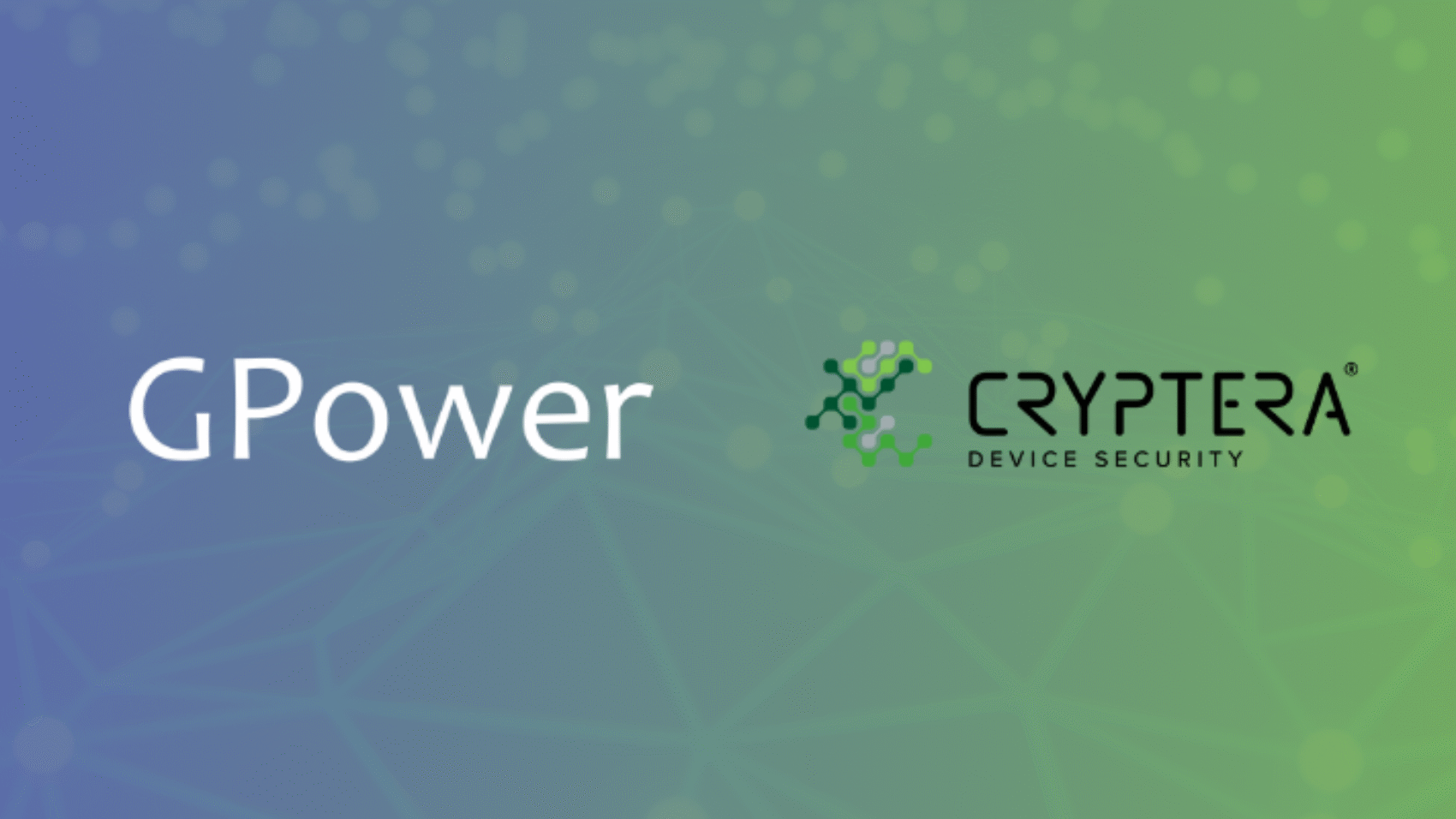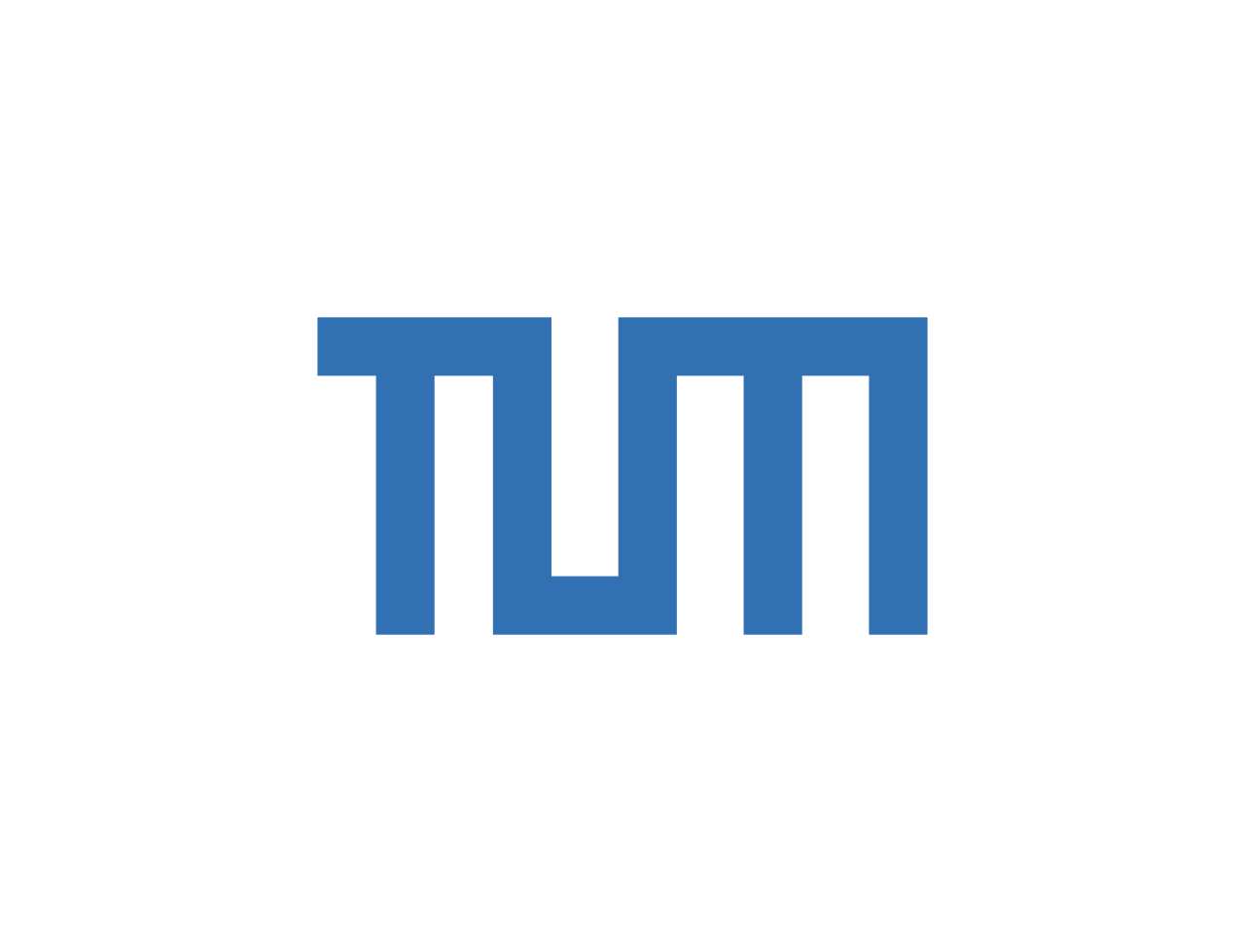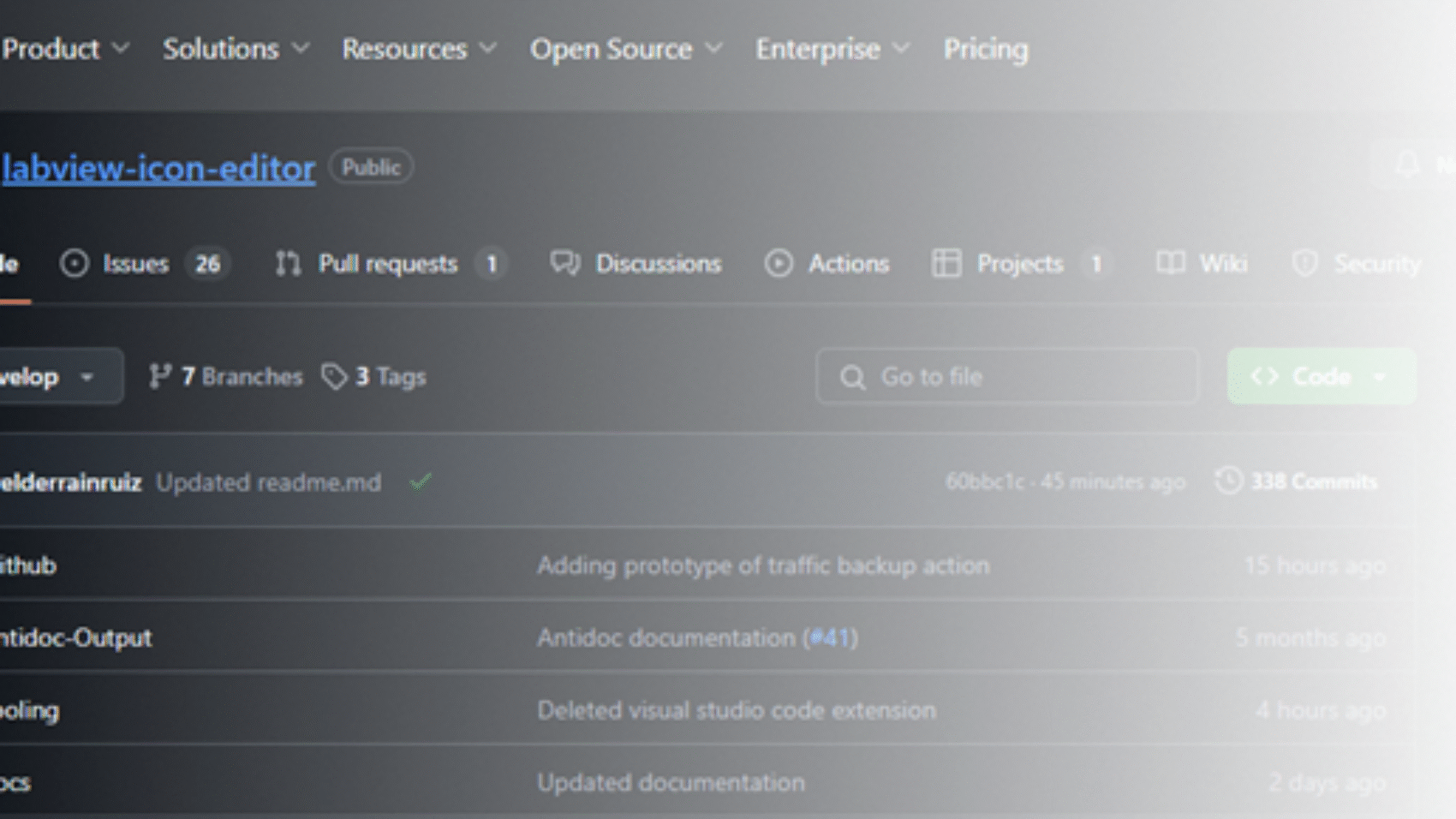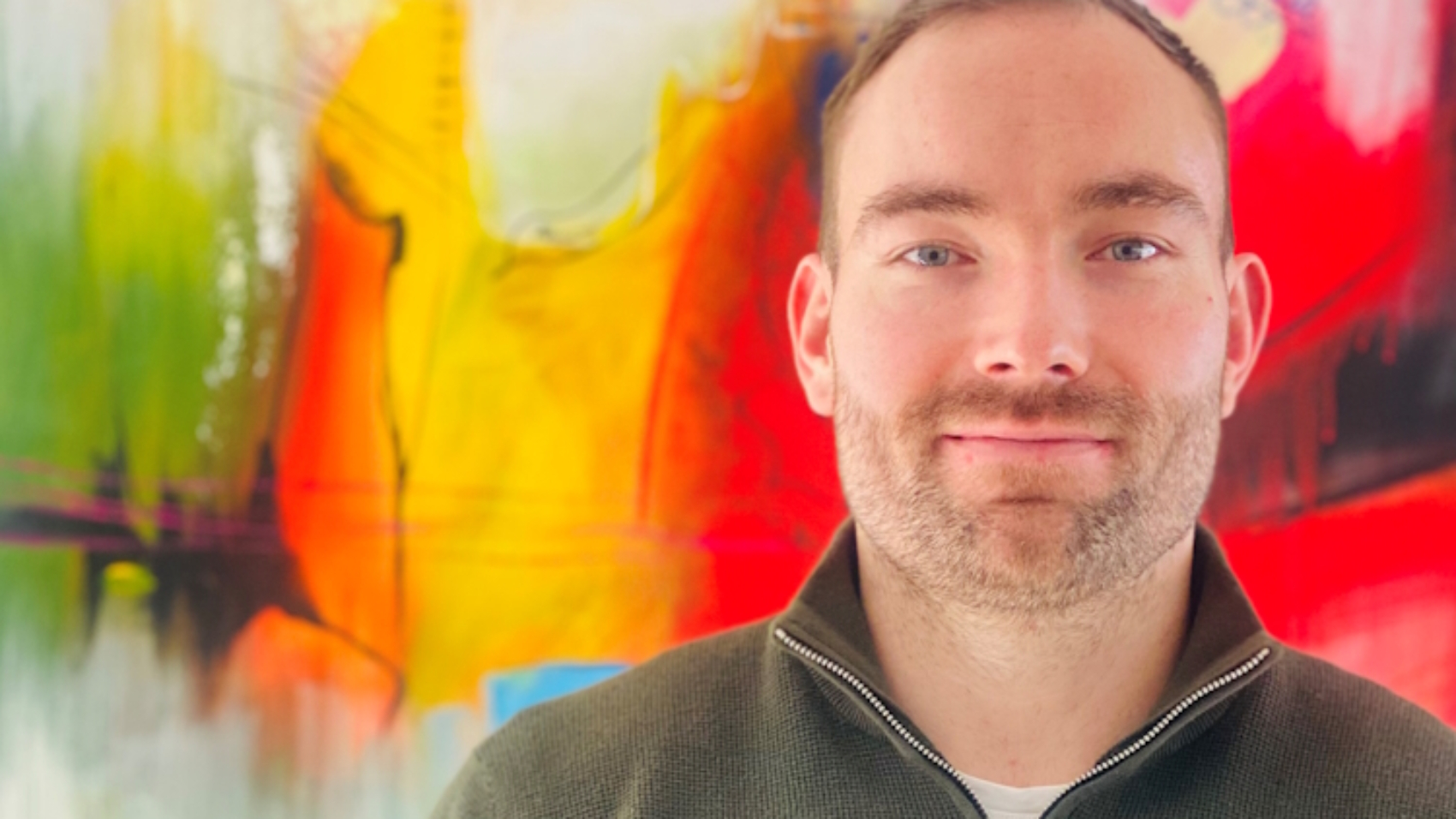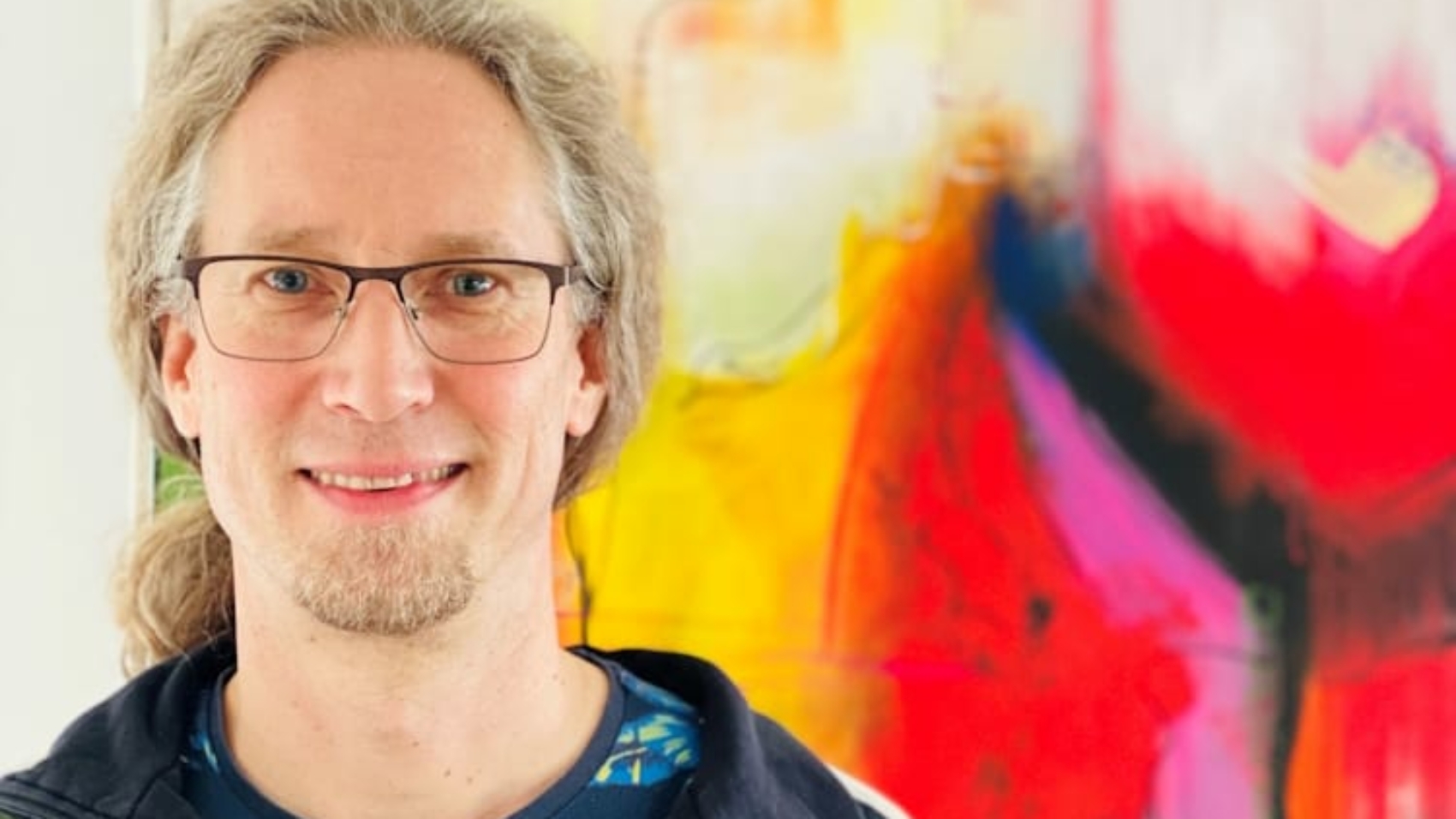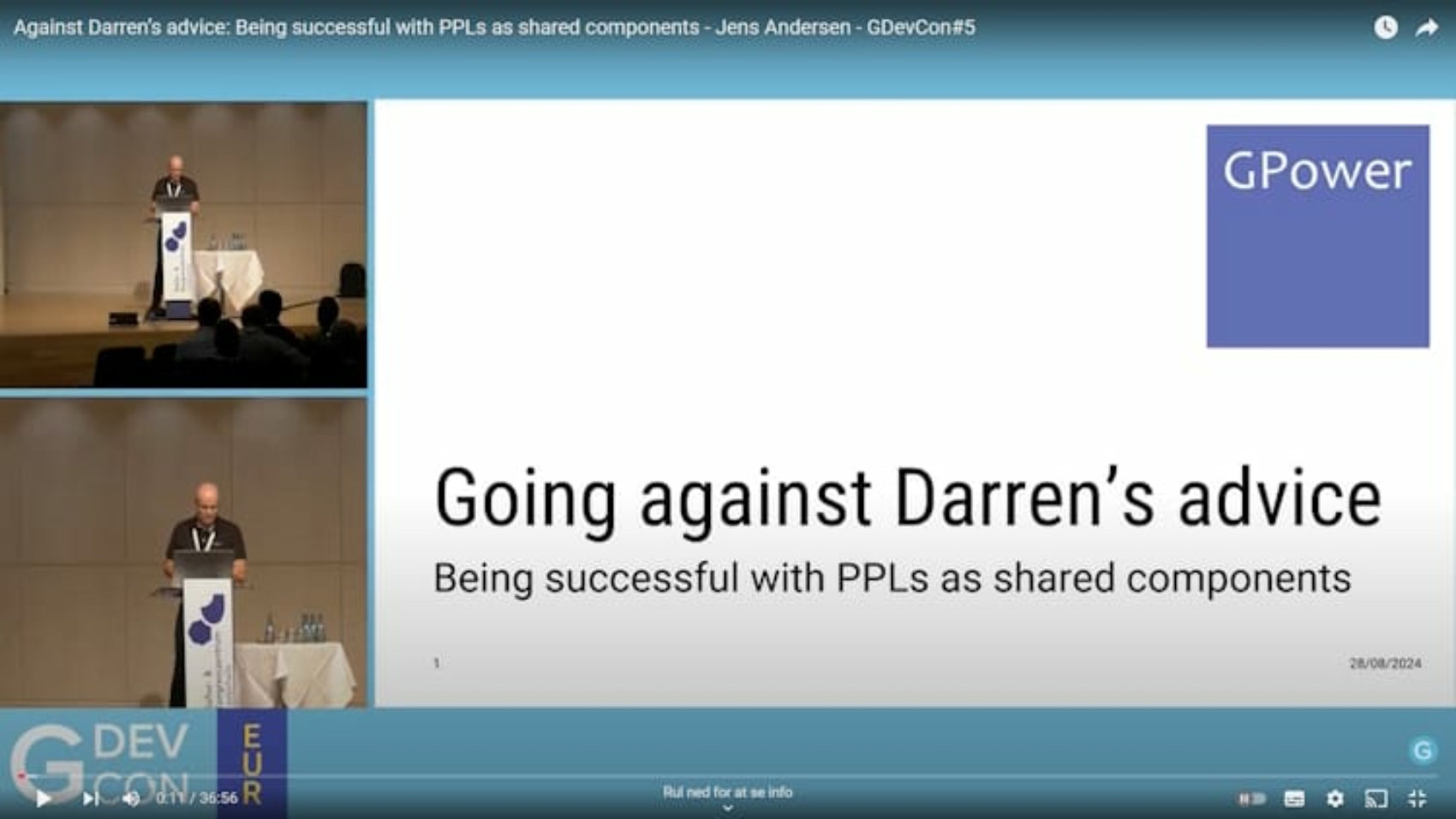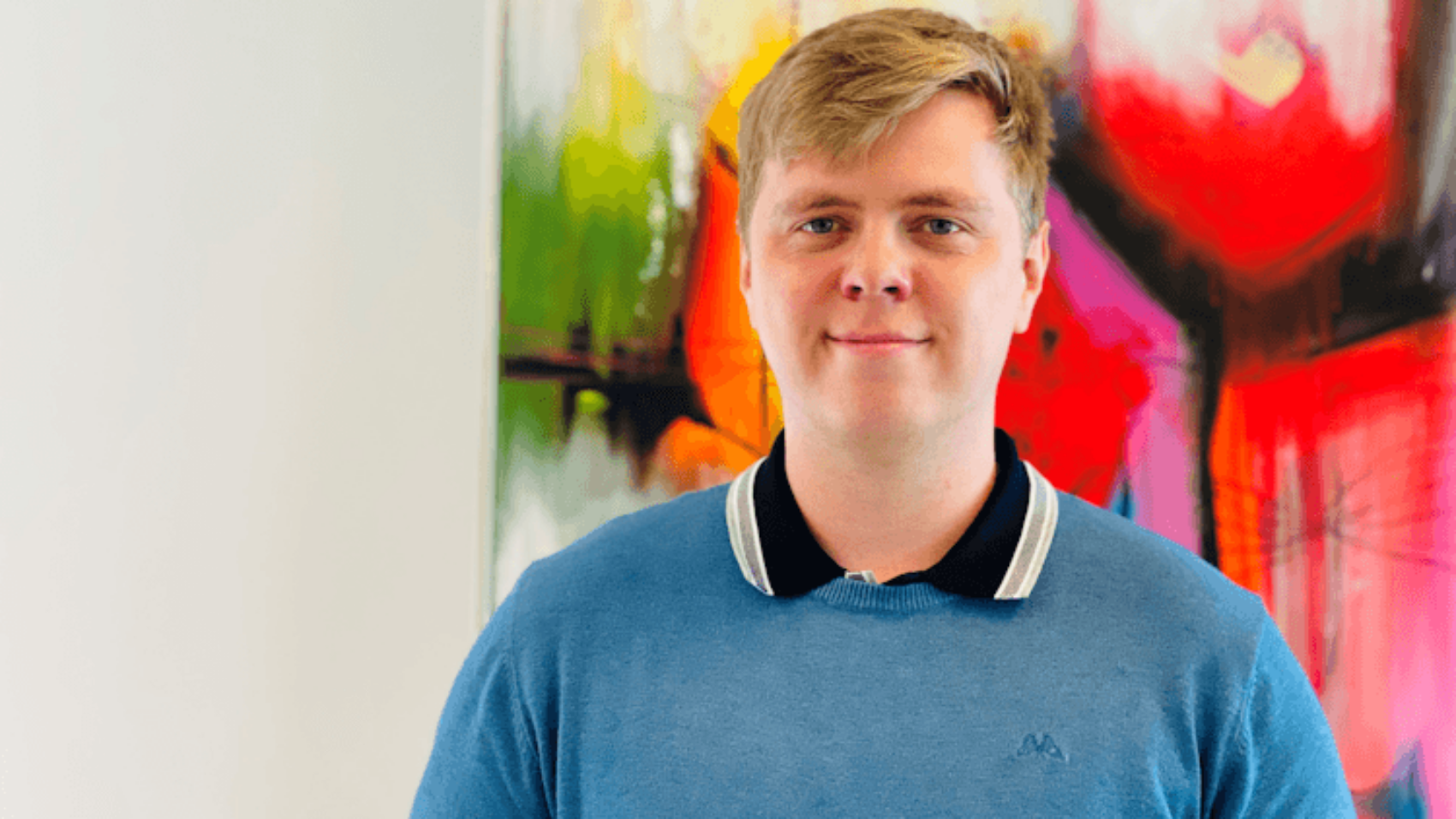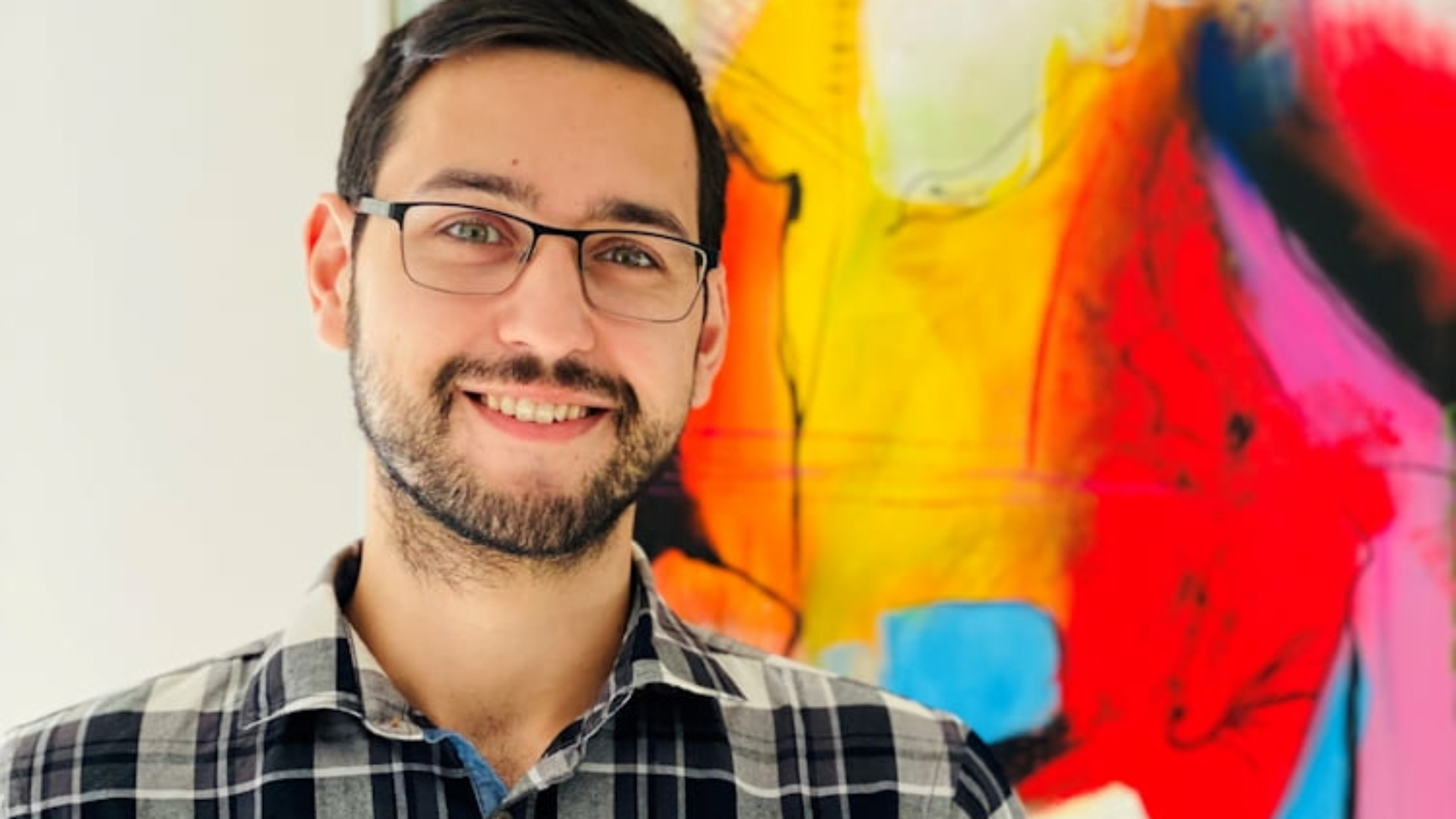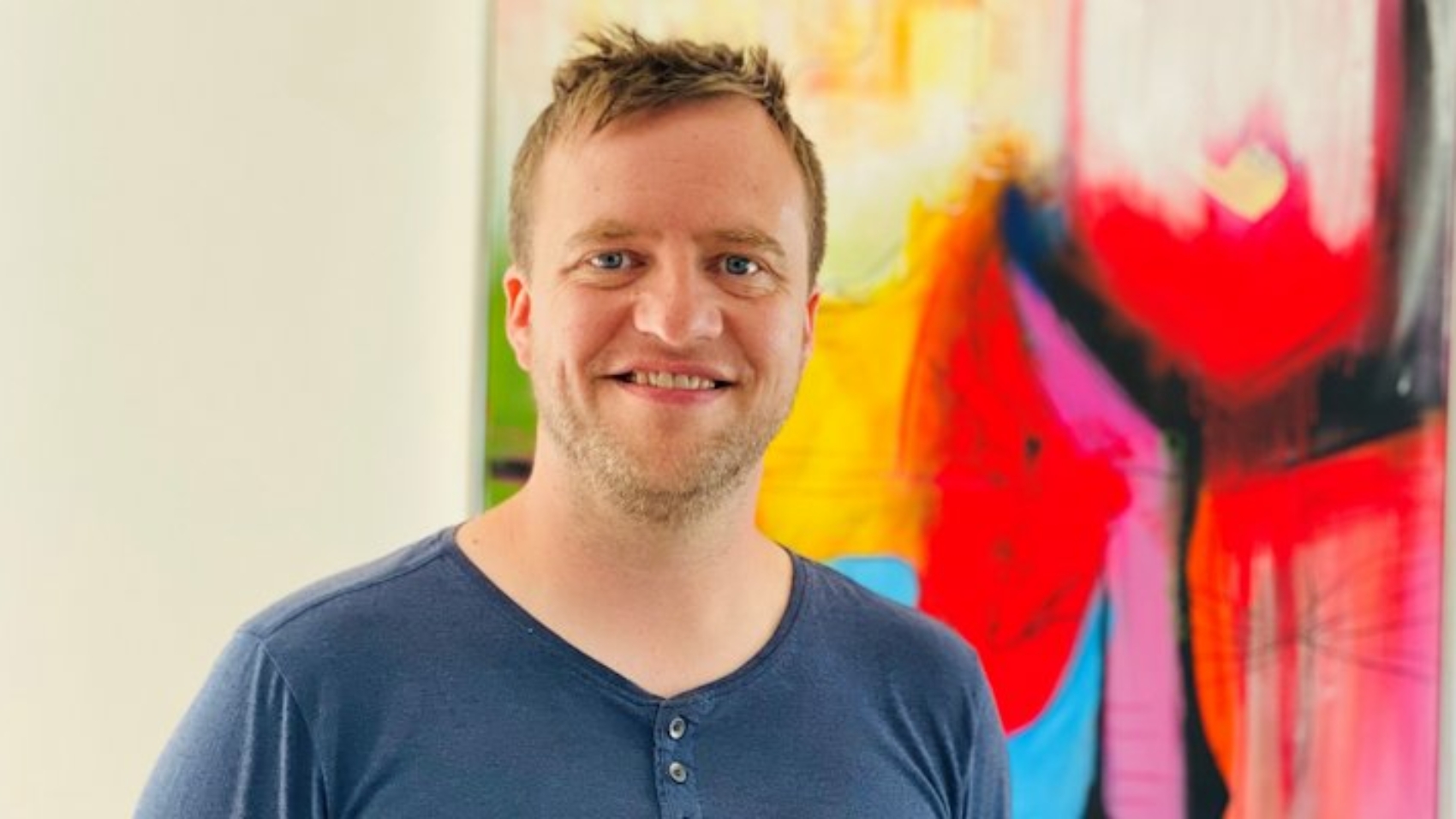Cryptera Device Security and GPower combine Secure Key Management, Device Certificates, and LabVIEW/TestStand in-line testing so every unit leaves the line with verified identity, built-in cyber resilience, and support for EU CRA and NIS2.
“As cyber resilience requirements increase and hybrid attacks seem to become more common, the need for strong turn-key cyber security solutions increase. GPower experienced that customers have a wish to increase resilience in their products but lack time to implement efficient solutions. We became aware of the strength of Cryptera’s solution and set out in a partnership to make it easier for customers to increase cyber security of their devices. Cryptera brings device cyber security while GPower brings LabVIEW and TestStand toolkits, to easily implement Cryptera’s solution in production,” says Rasmus Skov, CCO at GPower.
Secure Provisioning at Production Speed
- Protect Your Keys: Protect your signing keys against loss, leaks, and misuse with Cryptera Key Management Platform. It offers controls for usage, role-based access, approvals, audit logging, and encrypted backup that support requirements in security standards such as IEC 62443 and ETSI EN 303 645.
- Provision & Test at Scale: A production-ready LabVIEW® toolkit drives per-unit certificate requests and secure injection alongside functional test and traceability. No integration hassle for you, as the toolkit delivers full functionality out of the box.
- Ship with Trusted Identity: Each unit is issued a unique device certificate ensuring that only verified devices can access your platform by providing strong authentication, encrypted communication, and lifecycle management. Hence, prevent unauthorized access, protect sensitive data.
- Security by Design: Aligns with EU NIS2/CRA expectations and maps to IEC 62443-4-1/4-2 practices for private-key controls, secure update delivery, and provisioning roots of trust.

